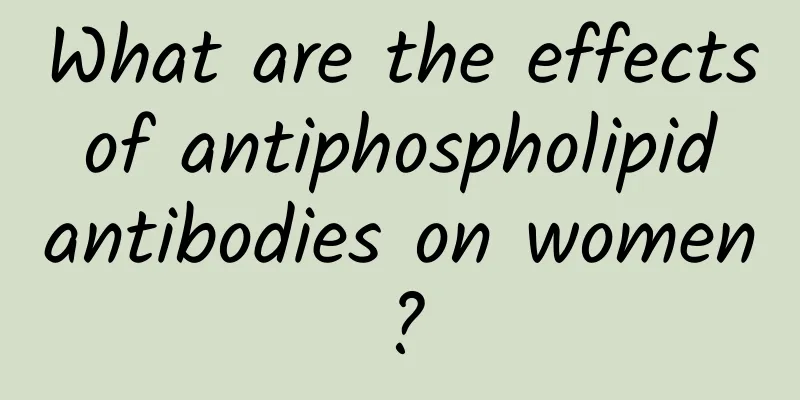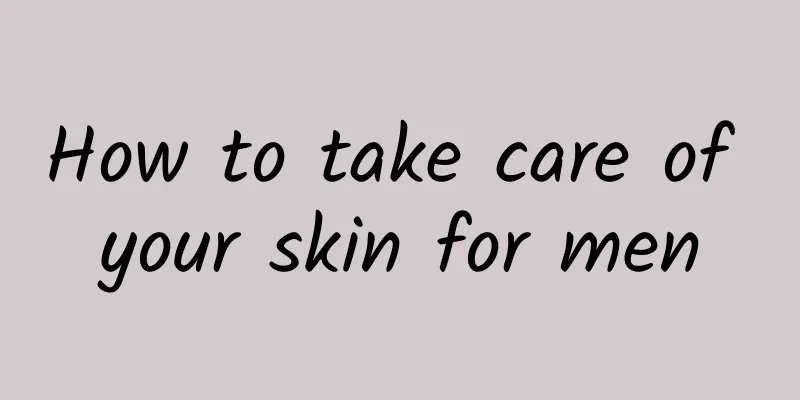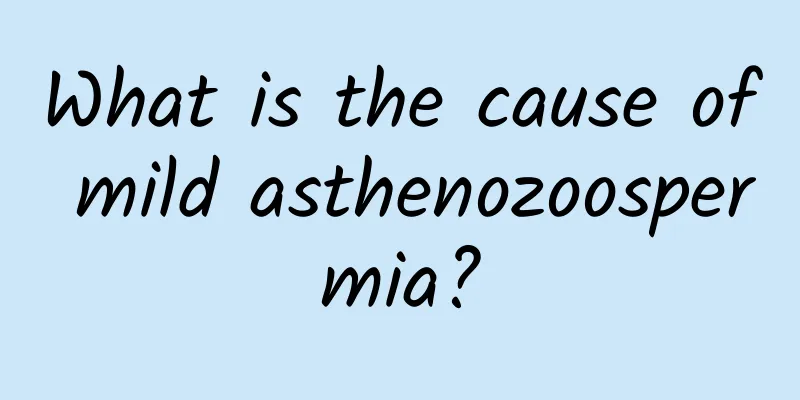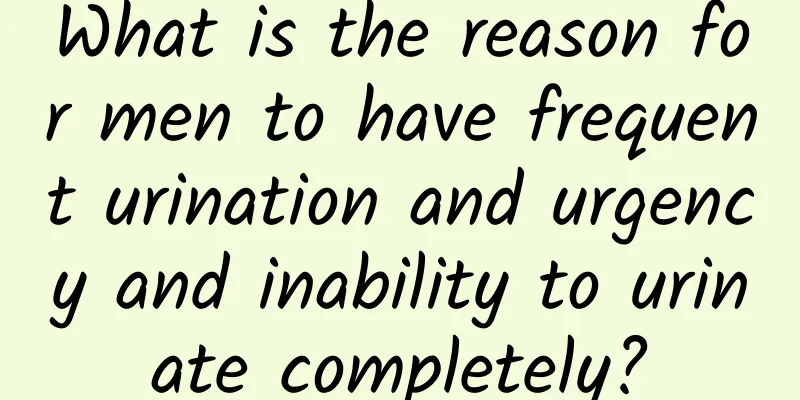One testicle hurts, the other doesn't
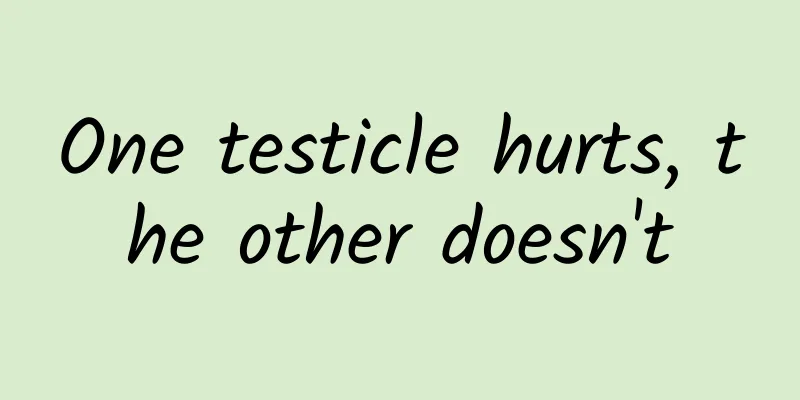
|
The testicle refers to a part of the male reproductive organ. With the continuous improvement of living standards in real society, many men are prone to some genital diseases. It is also a common situation that one testicle hurts while the other does not. This may be caused by male diseases. Orchitis can also easily lead to such a situation, which requires detailed examination and treatment. Why does one testicle hurt while the other doesn't? Common causes of testicular pain include: orchitis, epididymitis, hydrocele, prostatitis, varicocele, testicular cyst and trauma. You can go to the hospital for examination according to your own situation and follow the doctor's instructions to treat the symptoms. Pay attention to local hygiene at ordinary times. Categories 1. Chronic nonspecific orchitis Chronic orchitis is mostly caused by incomplete treatment of non-specific acute orchitis. It can also be caused by fungal, spirochetal, or parasitic infections, such as testicular syphilis. Patients with previous testicular trauma may develop granulomatous orchitis. Local or whole-body radioactive isotope phosphorus irradiation of the testicles can also cause orchitis and damage the testicular tissue. 2. Acute nonspecific orchitis Acute non-specific orchitis often occurs in patients with urethritis, cystitis, prostatitis, after prostatectomy and with long-term indwelling catheters. The infection spreads to the epididymis through the lymph or vas deferens, causing epididymal orchitis. Common pathogens are E. coli, Proteus, Staphylococcus and Pseudomonas aeruginosa. Bacteria can spread to the testicles through the bloodstream, causing simple orchitis. However, the testicles have rich blood supply and strong resistance to infection, so this situation is relatively rare. 3. Acute mumps orchitis Mumps is the most common cause of orchitis. About 20% of mumps patients have orchitis, which is more common in late adolescence. The testicles are highly enlarged and purple-blue in color. Clinical manifestations 1. High fever and chills. 2. Testicular pain, with radiating pain in the scrotum, thigh and groin areas. 3. The diseased testicles are swollen and tender. If purulent, there is a fluctuating feeling of purulent accumulation upon touch. 4. It is often accompanied by redness and swelling of the scrotal skin and hydrocele in the scrotum. 5. When children develop viral orchitis, parotid gland enlargement and pain may sometimes occur. Categories 1. Chronic nonspecific orchitis Chronic orchitis is mostly caused by incomplete treatment of non-specific acute orchitis. It can also be caused by fungal, spirochetal, or parasitic infections, such as testicular syphilis. Patients with previous testicular trauma may develop granulomatous orchitis. Local or whole-body radioactive isotope phosphorus irradiation of the testicles can also cause orchitis and damage the testicular tissue. 2. Acute nonspecific orchitis Acute non-specific orchitis often occurs in patients with urethritis, cystitis, prostatitis, after prostatectomy and with long-term indwelling catheters. The infection spreads to the epididymis through the lymph or vas deferens, causing epididymal orchitis. Common pathogens are E. coli, Proteus, Staphylococcus and Pseudomonas aeruginosa. Bacteria can spread to the testicles through the bloodstream, causing simple orchitis. However, the testicles have rich blood supply and strong resistance to infection, so this situation is relatively rare. 3. Acute mumps orchitis Mumps is the most common cause of orchitis. About 20% of mumps patients have orchitis, which is more common in late adolescence. The testicles are highly enlarged and purple-blue in color. Clinical manifestations 1. High fever and chills. 2. Testicular pain, with radiating pain in the scrotum, thigh and groin areas. 3. The diseased testicles are swollen and tender. If purulent, there is a fluctuating feeling of purulent accumulation upon touch. 4. It is often accompanied by redness and swelling of the scrotal skin and hydrocele in the scrotum. 5. When children develop viral orchitis, parotid gland enlargement and pain may sometimes occur. |
>>: What to do if your testicle ruptures
Recommend
Which part of a man's body needs the most protection?
All men are concerned about their "face"...
Bruises on your body? A sign of illness!
There are some people in life who have no physica...
A little pain during erection
When the penis is erect, if it is a little painfu...
Swelling at the base of the penis
Many male friends are careless and don't know...
Is there a lump on the penis?
The weather is hot in summer and the human body s...
What causes sweating on the soles of the feet?
I believe that many people often have sweaty feet...
How to treat prostatitis quickly?
For diseases like prostatitis, we generally use a...
Symptoms and treatment of male yin deficiency
Kidney deficiency refers to the imbalance of the ...
Several dietary treatments for men's sweating due to kidney deficiency
What should you eat when you have kidney deficien...
Are there any dangers of spermatorrhea? Beware of neurasthenia
Although spermatorrhea is a normal phenomenon, ma...
What does a prostate massage feel like?
The male prostate is a very important sex hormone...
Smoking is very harmful, this diet can help you quit smoking
Cancer has always been a difficult problem for th...
Which parts of a man's body should not be touched?
Although in a sense the male body is not as sensi...
I can't get hard after drinking
For many male friends, drinking is inevitable in ...
Does prostatitis affect sperm quality?
Prostatitis is a disease that poses a greater thr...
